
Museum of Memory and Human Rights: A Chilean Memorial
A moving memorial in Santiago dedicated to preserving the memory of human rights victims during Chile's dictatorship era.
The Museum of Memory and Human Rights in Santiago, Chile, commemorates the victims of human rights violations during the Pinochet dictatorship (1973-1990). Through exhibits and archives, it fosters reflection, promotes respect, and ensures such events never happen again.
A brief summary to Museum of Memory and Human Rights
- Av. Matucana 501, Santiago, Barrio Yungay, Santiago Metropolitan Region, 8500000, CL
- +56225979600
- Visit website
Local tips
- Plan your visit during the week for a quieter experience, as weekends can be more crowded.
- Consider joining a guided tour to gain deeper insights into the exhibits and historical context.
- Allocate at least two hours to fully appreciate the exhibits and the emotional impact they convey.
- Check the museum's website for special events or temporary exhibitions during your visit.
- Be respectful and avoid taking photos in sensitive areas as indicated.
Getting There
-
Public Transport
To reach the Museum of Memory and Human Rights via public transport, the nearest metro station is Quinta Normal on Line 5 (green line). From there, it is a short walk to the museum. Alternatively, several bus lines stop near the museum, including bus numbers 201, 210, and 505. A Bip! card is required for both the metro and the bus. The card costs CLP 1,550, and a single bus or metro fare is around CLP 800. You can transfer between a trunk route bus, a feeder bus, and the Metro for a single passage within two hours.
-
Taxi
Taxis and ride-sharing services like Uber and Cabify are readily available in Santiago and can take you directly to the Museum of Memory and Human Rights. A taxi ride from downtown Santiago to the museum typically costs between $5 and $9. Be sure the taxi is metered or negotiate the fare beforehand. Uber and Cabify are also commonly used and offer similar pricing.
-
Walking
The Museum of Memory and Human Rights is located approximately 3 kilometers from the Santiago Metropolitan Cathedral, which is about a 35-minute walk. From the Cathedral, walk west along Santo Domingo, then turn right onto Avenida Matucana. The museum will be on your right. This offers a good way to see the city, but public transport or a taxi might be preferable depending on the weather and your energy levels.
-
Driving
If driving, navigate to Av. Matucana 501, Santiago. Parking is available nearby, but fees may apply. Look for designated parking lots or street parking in the Barrio Yungay. Be aware that parking can be limited, especially during peak hours, so arriving early is recommended. Several hotels near the museum offer free parking.
Discover more about Museum of Memory and Human Rights
Iconic landmarks you can’t miss
Murales Calle Compañía
0.2 km
Discover the vibrant street art of Murales Calle Compañía in Santiago's Barrio Yungay, a colorful showcase of local talent and cultural stories.
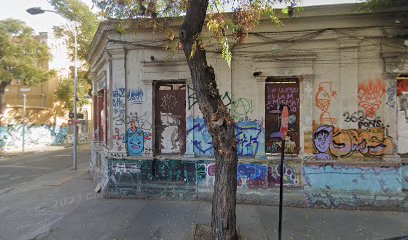
Palacio Pereira
2.0 km
Explore Santiago's Palacio Pereira: A beautifully restored neoclassical landmark blending history, culture, and modern design in the heart of the city.
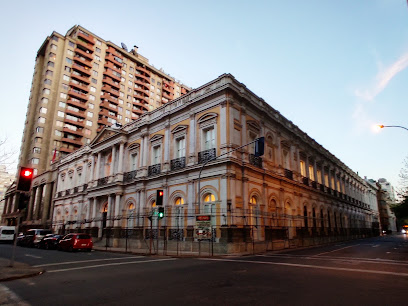
Monumento a los Héroes de la Concepción
2.0 km
Explore the Monumento a los Héroes de la Concepción, a symbol of bravery and a key historical landmark in Santiago, Chile.
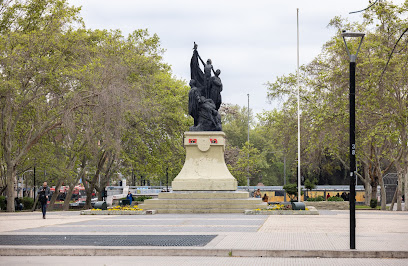
chiletourfun
2.1 km
Uncover the beauty and culture of Santiago with ChileTourFun, your gateway to unforgettable sightseeing adventures in Chile’s vibrant capital.
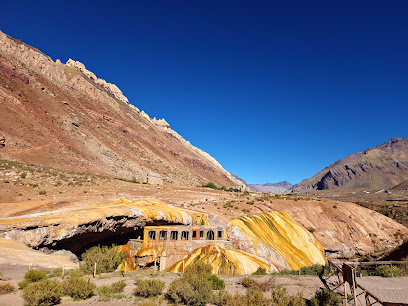
Palacio Larraín Zañartu
2.4 km
Step into history at Palacio Larraín Zañartu, a stunning architectural gem in Santiago, where heritage meets elegance.
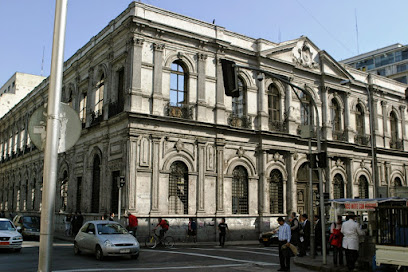
Monument to General José de San Martín
2.4 km
A historical landmark in Santiago honoring General San Martín, a key figure in South America's independence.

National Congress of Chile Palace in Santiago
2.4 km
Explore the National Congress of Chile Palace, a historical landmark that showcases the nation's architectural beauty and rich political heritage in Santiago.
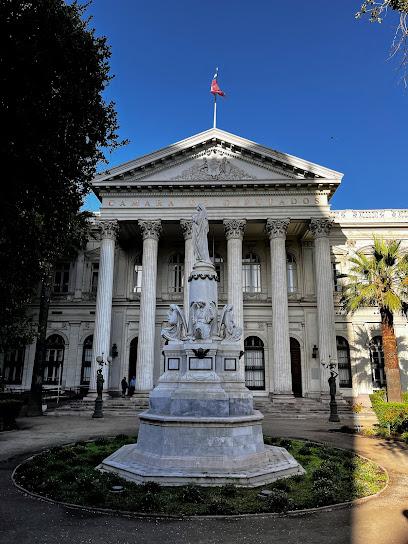
Supreme Court of Justice of Chile
2.4 km
Explore the Supreme Court of Justice of Chile in Santiago, a stunning architectural gem and cornerstone of the nation's legal system, rich in history and significance.
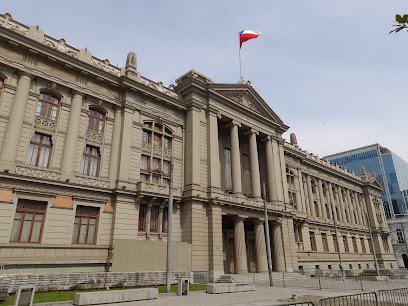
Palacio de la Real Audiencia de Santiago
2.7 km
Explore Chilean history at the Palacio de la Real Audiencia, home to the National History Museum, in Santiago's Plaza de Armas.
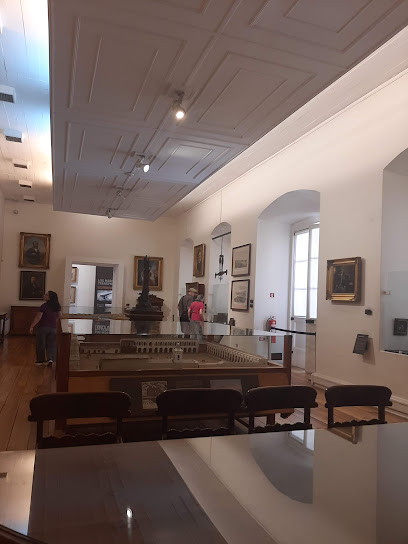
Monumento a los Hermanos Amunátegui
2.7 km
Explore the Monumento a los Hermanos Amunátegui in Santiago, a striking historical landmark that celebrates Chile's rich cultural heritage and legacy.

Reliquias de Santa Rita de Cascia
2.8 km
Explore Reliquias de Santa Rita de Cascia, a serene historical landmark in Santiago, Chile, dedicated to the beloved Saint Rita and her miracles.

Christ of May
2.8 km
Discover the breathtaking Christ of May in Santiago, a historical landmark offering stunning views, cultural significance, and a serene atmosphere for all visitors.

Museo Histórico y Militar de Chile
2.9 km
Delve into Chile's military history at Museo Histórico y Militar, where captivating exhibits narrate the nation's past through artifacts and stories.
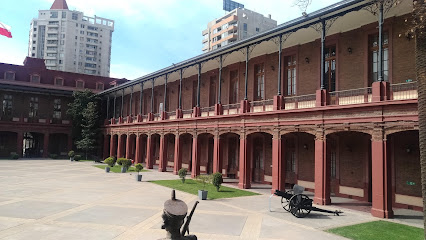
Augustinians Convent and Provincial Curia
2.9 km
Explore the Augustinians Convent and Provincial Curia, a serene oasis in Santiago showcasing stunning architecture and rich spiritual history.

La Vega Chica
2.9 km
Discover the vibrant essence of Santiago at La Vega Chica, a bustling market filled with fresh produce, local delicacies, and unique artisanal goods.
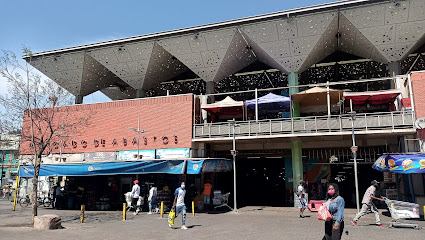
Unmissable attractions to see
Museum of Memory and Human Rights
0.0 km
Discover the poignant history of Chile at the Museum of Memory and Human Rights, a vital tourist attraction in Santiago dedicated to education and remembrance.
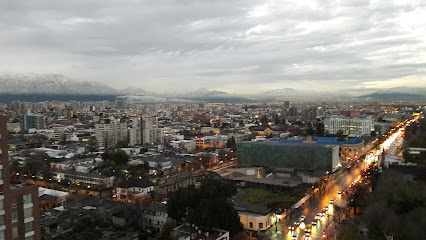
MAC Quinta Normal, Facultad de Artes, Universidad de Chile
0.3 km
Discover the heart of contemporary Chilean art at MAC Quinta Normal, an inspiring museum in Santiago's vibrant cultural landscape.
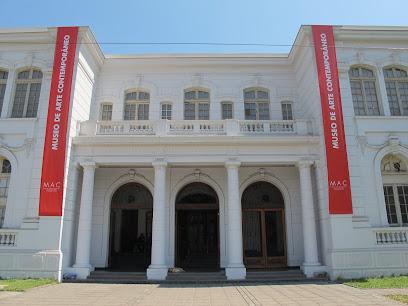
Pasaje Adriana Cousiño
0.3 km
Explore the artistic charm of Pasaje Adriana Cousiño in Santiago's historic Barrio Yungay, where vibrant murals meet culinary delights.
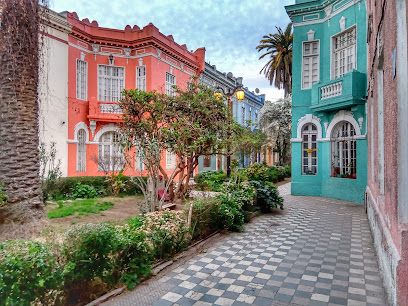
National Museum of Natural History
0.3 km
Discover the diverse ecosystems of Chile at the National Museum of Natural History in Santiago, where nature and education come together beautifully.
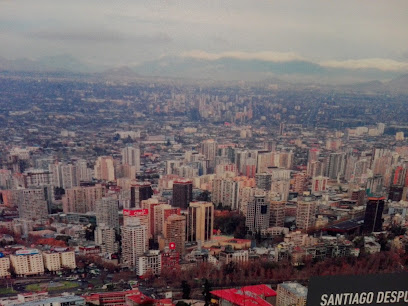
Tunel biogeographical De Chile
0.3 km
Discover the ecological treasures of Chile at the Biogeographical Tunnel, a unique museum experience in Santiago's Quinta Normal district.
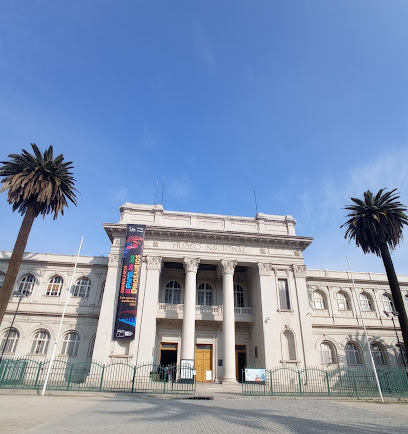
Parque Quinta Normal
0.3 km
Explore the lush landscapes and cultural treasures of Parque Quinta Normal, Santiago's serene urban oasis perfect for relaxation and discovery.
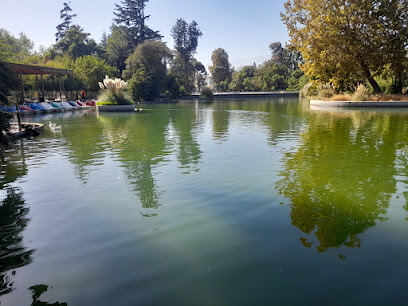
Museum of Science and Technology
0.4 km
Explore the Museum of Science and Technology in Santiago, where science comes to life through interactive exhibits and engaging displays.
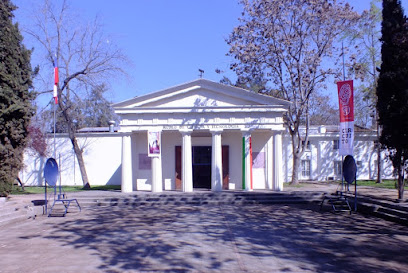
Portales Park
0.6 km
Discover the tranquility of Portales Park in Santiago, a beautiful green space perfect for relaxation and cultural exploration.
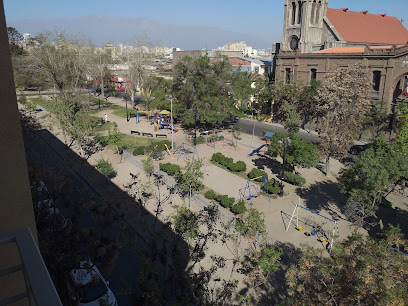
Quinta Normal
0.6 km
Discover the tranquil beauty of Quinta Normal, Santiago's lush urban park filled with history, culture, and stunning landscapes.

Railway Museum Santiago (Chile)
0.6 km
Experience the charm of Chile's railway heritage at the Railway Museum Santiago, featuring historic trains and interactive exhibits in a scenic park.
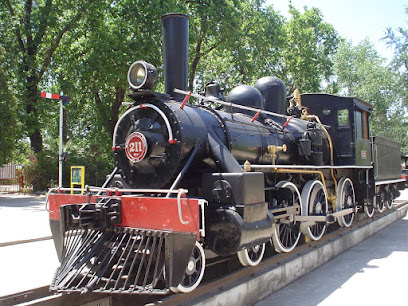
Barrio Yungay
0.7 km
Discover the artistic heart of Santiago in Barrio Yungay, a vibrant neighborhood filled with colorful murals, historic architecture, and local culture.

Museo Artequin
0.7 km
Explore the colorful world of art at Museo Artequin, the premier art museum in Santiago's Estación Central, showcasing local and international masterpieces.
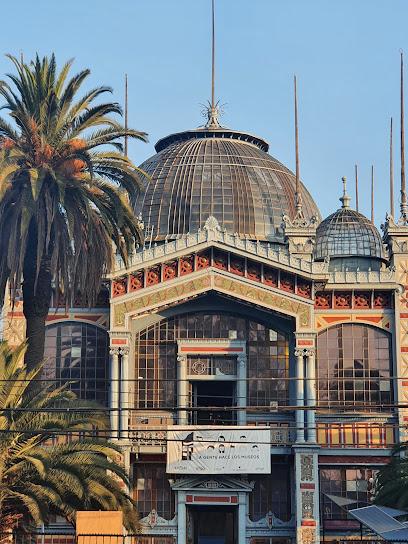
Planetario de la USACH
1.2 km
Discover the wonders of the universe at the Planetario de la USACH, Santiago's premier destination for astronomy and immersive cosmic experiences.
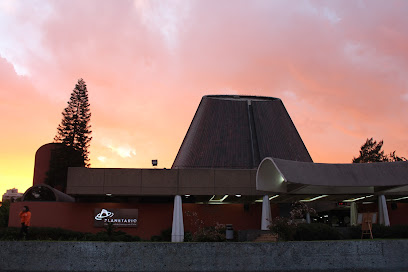
Plaza Brasil
1.3 km
Explore Plaza Brasil, the heart of Santiago's cultural scene, where nature, art, and community converge in a vibrant urban park experience.
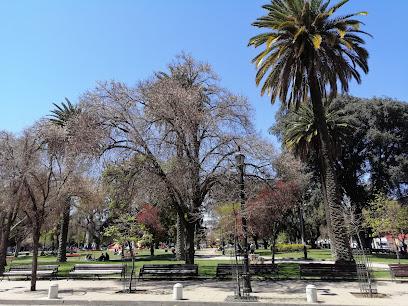
Estação de Esqui Farellones
1.4 km
Experience the thrill of skiing and breathtaking landscapes at Farellones Ski Resort, a winter wonderland near Santiago, Chile.

Essential places to dine
Los Vikingos Restaurant
1.1 km
Discover Santiago's culinary delight at Los Vikingos Restaurant - where premium steaks meet innovative dining experiences in Barrio Yungay.
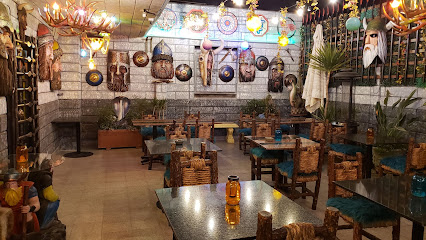
Na Que Ver, Cocineria Chilena
1.2 km
Experience authentic Chilean cuisine at Na Que Ver in Santiago's Barrio Yungay – where every meal tells a story.
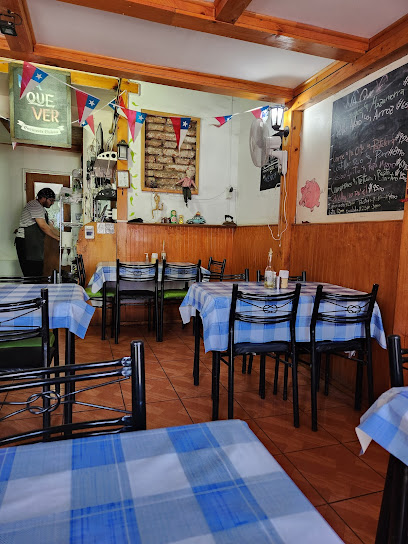
Los Buenos Muchachos
1.2 km
Savor authentic Chilean cuisine at Los Buenos Muchachos – where tradition meets flavor in the heart of Santiago.

Palacio del Vino
1.5 km
Discover the flavors of Chile at Palacio del Vino – where exceptional cuisine meets an extensive selection of local wines in Santiago.
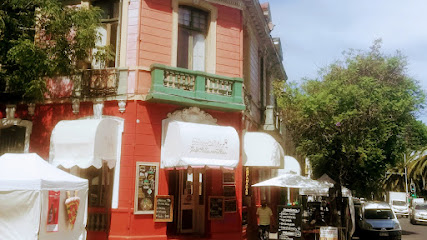
Confiteria Torres
2.1 km
Experience the rich flavors of Chile at Confiteria Torres, Santiago's historic restaurant offering traditional cuisine and delectable pastries.
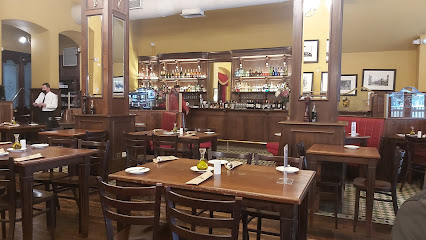
La Chimenea
2.1 km
Experience authentic Chilean cuisine at La Chimenea in Santiago – where tradition meets modern flair for an unforgettable dining experience.
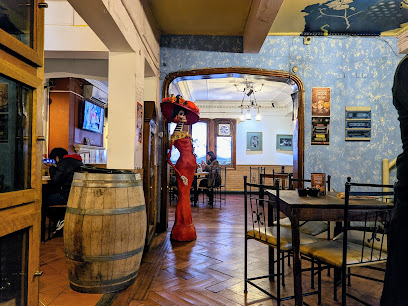
Blue Jar
2.2 km
Experience culinary excellence at Blue Jar in Santiago, where traditional flavors meet modern techniques for an unforgettable dining adventure.

La Piojera
2.6 km
Experience the vibrant flavors of Chile at La Piojera, Santiago's iconic bar and restaurant offering authentic cuisine in a lively setting.
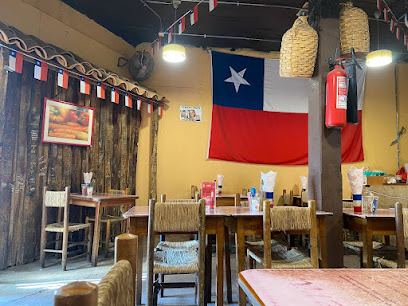
El Naturista
2.9 km
Experience the best of vegetarian cuisine at El Naturista, where fresh ingredients meet vibrant flavors in the heart of Santiago.

Restaurant Bristol
2.9 km
Experience exquisite Chilean cuisine at Restaurant Bristol - a culinary gem nestled in the heart of Santiago.
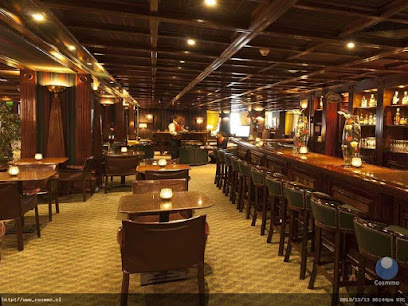
Sky Sommelier Restaurante
3.3 km
Discover exquisite grilled cuisine and creative cocktails at Sky Sommelier Restaurante in Santiago - a must-visit culinary destination.

Petit Bernard
3.4 km
Experience the best of Chilean cuisine at Petit Bernard in Santiago's vibrant Lastarria neighborhood.
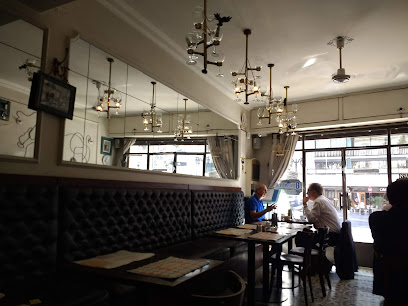
Castillo Forestal
3.4 km
Experience exquisite Chilean cuisine at Castillo Forestal, where delightful dishes meet enchanting surroundings in Santiago.
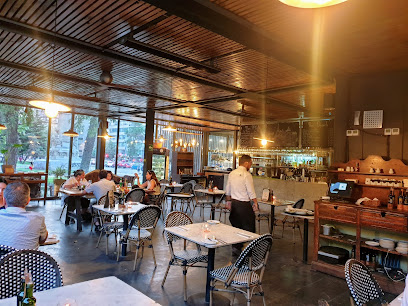
Quitral
3.5 km
Experience gourmet Chilean cuisine at Quitral in Santiago – where tradition meets innovation in every delicious bite.

Holy Moly
3.5 km
Experience gourmet hamburgers in Santiago's vibrant Lastarria neighborhood at Holy Moly - where flavor meets fun!
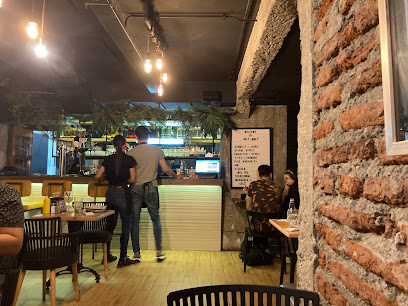
Markets, malls and hidden boutiques
SexShop Sexsexshop
1.0 km
Explore the vibrant adult entertainment choices at SexShop Sexsexshop in Santiago, where comfort and variety meet for an unforgettable shopping experience.

Mall Paseo Arauco Estación
1.4 km
Discover a vibrant shopping experience at Mall Paseo Arauco Estación, where local culture meets global brands in the heart of Santiago.
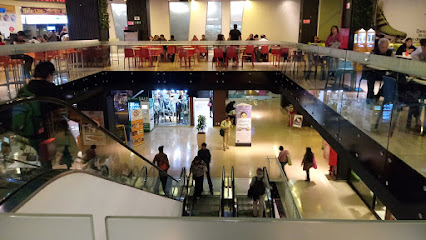
Mallplaza Alameda
1.4 km
Explore the ultimate shopping, dining, and entertainment experience at Mallplaza Alameda in Santiago, Chile.

Nuevo mall chino
1.5 km
Explore the vibrant Nuevo Mall Chino, Santiago's premier shopping destination offering a mix of local culture, dining, and exciting retail options.

Santiago Downtown G.
2.1 km
Explore Santiago Downtown G.: a bustling shopping mall in Santiago, offering trendy stores, delightful dining options, and a lively cultural atmosphere.
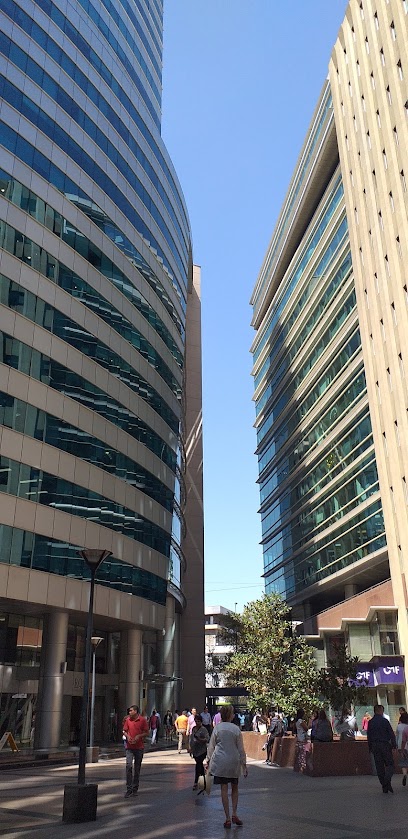
Alameda 949 - Nillkin Kyrios Local 27 A
2.8 km
Discover innovative cell phone accessories at Nillkin Kyrios, a vibrant store in Santiago offering expert advice and stylish products.

Donde Golpea el Monito
2.8 km
Discover the vibrant world of hats at Donde Golpea el Monito, Santiago's charming hat shop brimming with style and culture.
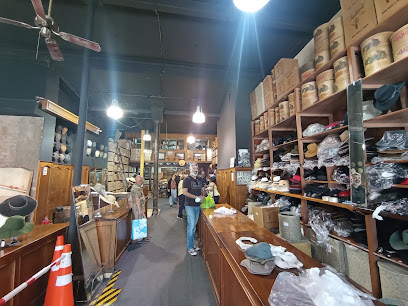
Galería Santiago Centro
2.8 km
Discover the vibrant Galería Santiago Centro, a shopping mall in Santiago that offers diverse shops, dining, and cultural experiences for every visitor.
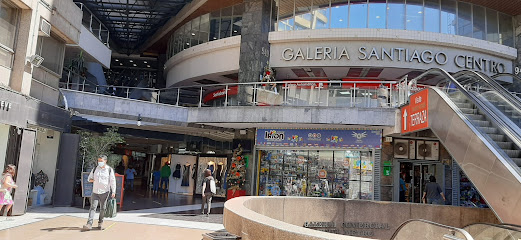
Multicentro Alonso Ovalle (Mall Chino)
2.8 km
Explore unique shopping and local culture at Multicentro Alonso Ovalle, Santiago's vibrant marketplace for treasures and flavors.
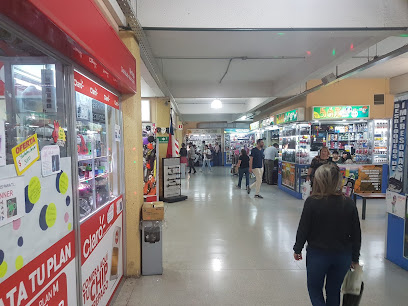
Mall Vivo Imperio
2.9 km
Discover a shopping paradise at Mall Vivo Imperio, Santiago's premier destination for fashion, dining, and entertainment.

Easter Island Chilean Fruits
3.0 km
Discover the vibrant flavors of Chile at Easter Island Chilean Fruits, your destination for fresh local produce and exotic fruits in Santiago.
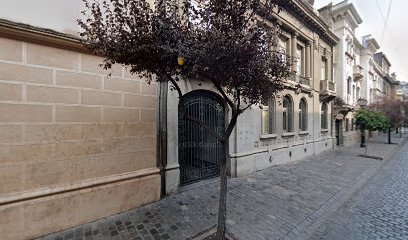
National Library of Chile
3.1 km
Discover the National Library of Chile, a cultural gem in Santiago, home to millions of literary works and rich historical exhibitions.
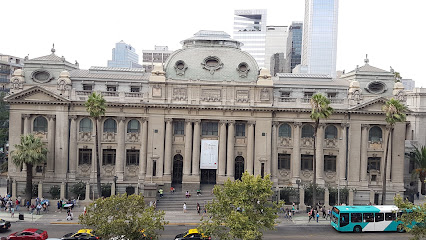
Mercado la Vega
3.2 km
Experience the bustling Mercado la Vega, Santiago's fresh food market, where local flavors and vibrant culture come together for an unforgettable culinary journey.

La tienda de Darlin Chile
3.3 km
Explore the eclectic treasures of La Tienda de Darlin, a charming variety store in Santiago, showcasing local crafts and unique souvenirs.

Centro Artesanal Santa Lucia
3.3 km
Discover unique handcrafted treasures and experience the vibrant culture of Chile at Centro Artesanal Santa Lucia in Santiago.
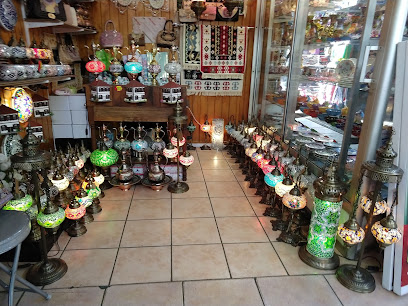
Essential bars & hidden hideouts
Raíces Bar
0.8 km
Experience the vibrant nightlife of Santiago at Raíces Bar, where local culture meets eclectic drinks in a lively atmosphere.
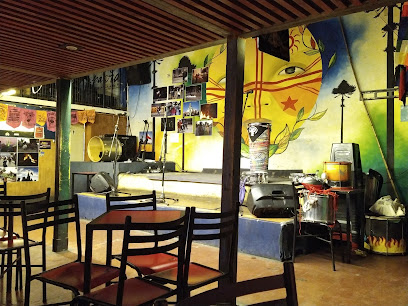
St. Patrick's Day Irish Pub
1.0 km
Discover the heart of Ireland in Santiago at St. Patrick's Day Irish Pub, where great food, drinks, and live entertainment await.

Bohemia restobar
1.1 km
Discover the lively atmosphere and unique flavors at Bohemia Restobar, a must-visit bar in Santiago's artistic Barrio Brasil.

Saint George´s Gamer Bar
1.1 km
Experience the ultimate fusion of gaming and cuisine at Saint George's Gamer Bar in Santiago's vibrant Barrio Yungay.
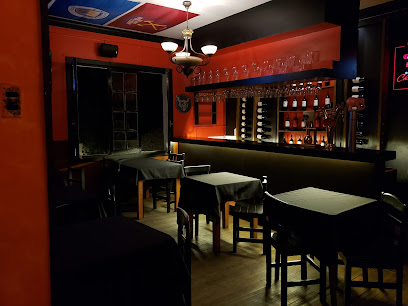
Burdeos Santiago
1.3 km
Experience the vibrant culinary scene of Santiago at Burdeos, where delicious food and a lively atmosphere await you.
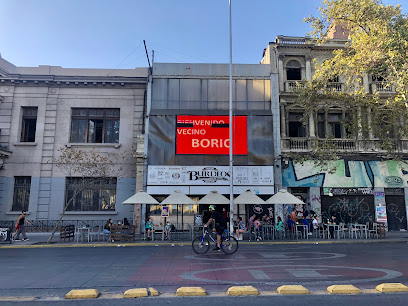
Matildas Hotel Boutique
1.3 km
Discover the charm and elegance of Matildas Hotel Boutique, your perfect retreat in Santiago's vibrant Barrio Brasil, blending luxury with local culture.
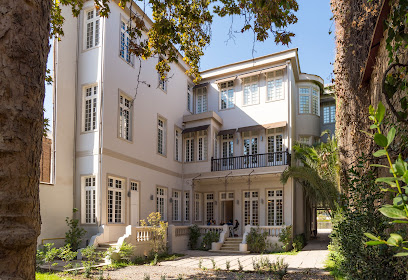
The Clinic Brasil
1.3 km
Immerse yourself in Santiago's nightlife at The Clinic Brasil, a vibrant bar offering unique cocktails and a lively atmosphere.

Club Callejón
1.3 km
Discover the vibrant nightlife of Santiago at Club Callejón, a bar and restaurant blending local flavors with an exciting atmosphere.
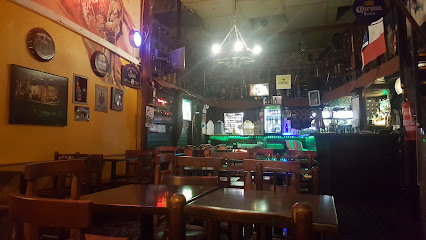
D'angelus
1.3 km
Discover D'angelus, a lively bar in Santiago offering exquisite drinks, local flavors, and a vibrant atmosphere perfect for unwinding after exploring the city.
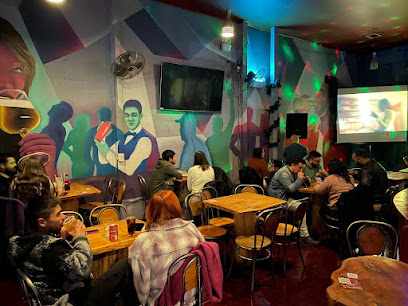
Goodrinks
1.4 km
Discover the vibrant nightlife at Goodrinks, a must-visit bar in Santiago offering a diverse drink selection and a welcoming atmosphere.
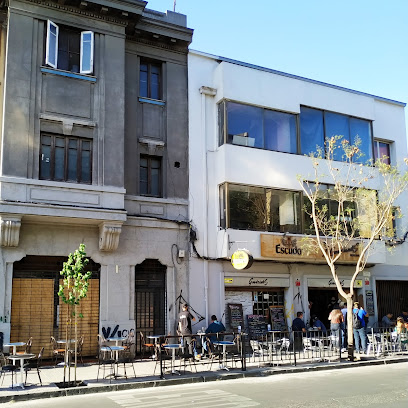
Donde Naresh - Exquisita comida del Sur de India
3.0 km
Explore the authentic flavors of Southern India at Donde Naresh, a top-rated Indian restaurant in Santiago, offering a vibrant culinary experience.

Stgo
3.1 km
Experience the vibrant nightlife of Santiago at Stgo, a lively bar offering a mix of local culture and exquisite drinks in an inviting atmosphere.
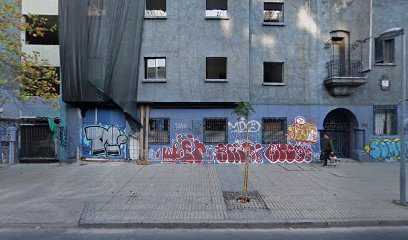
Red Pub
3.4 km
Experience the vibrant atmosphere and delicious grill specialties at Red Pub, a must-visit destination in Santiago for food lovers and social enthusiasts.

Bar Don Rodrigo
3.4 km
Experience the vibrant nightlife of Santiago at Bar Don Rodrigo, where excellent cocktails and a friendly atmosphere await.
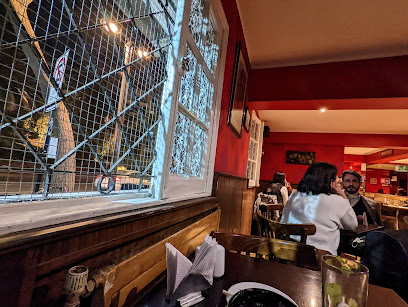
Barra Experimental
3.5 km
Discover the unique charm of Barra Experimental, Santiago's eclectic bar that combines craft cocktails with a trendy barber shop vibe.




